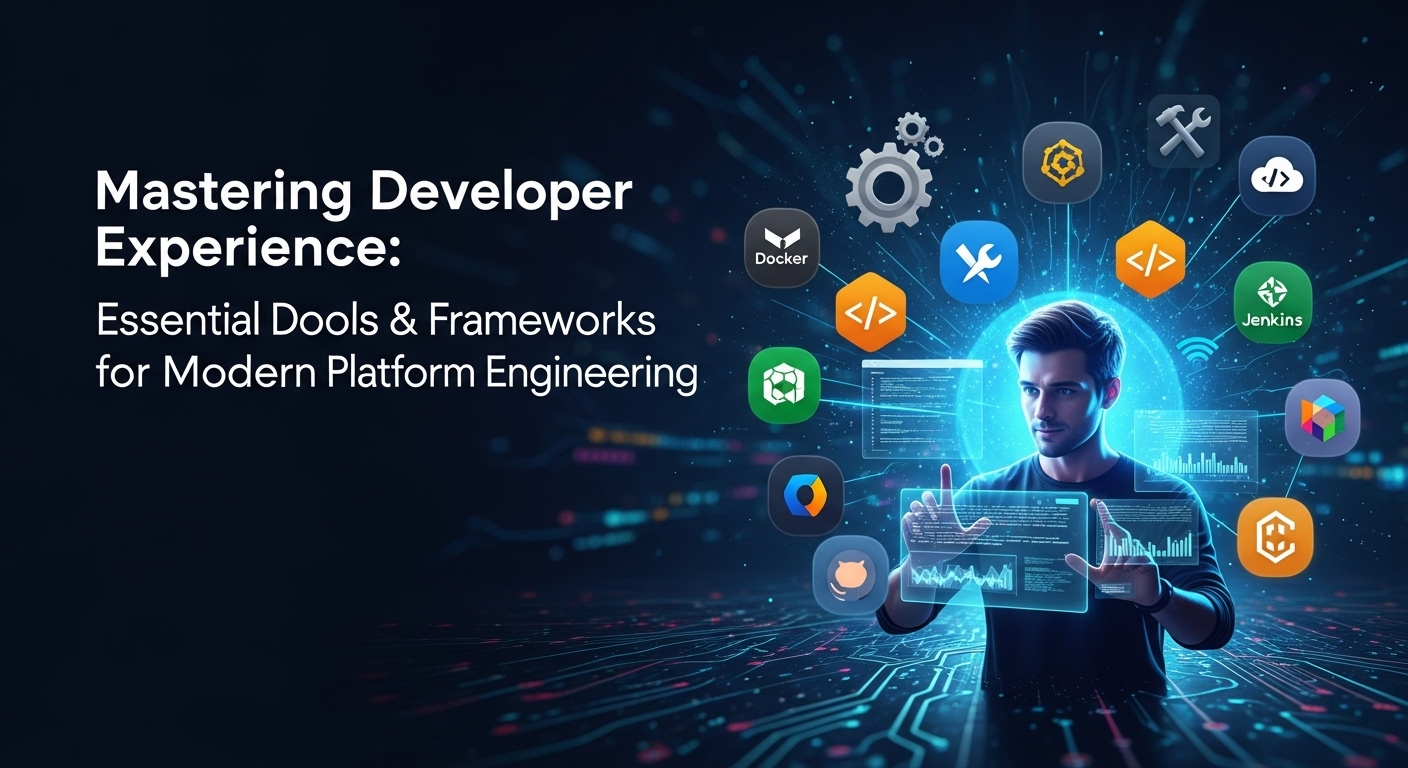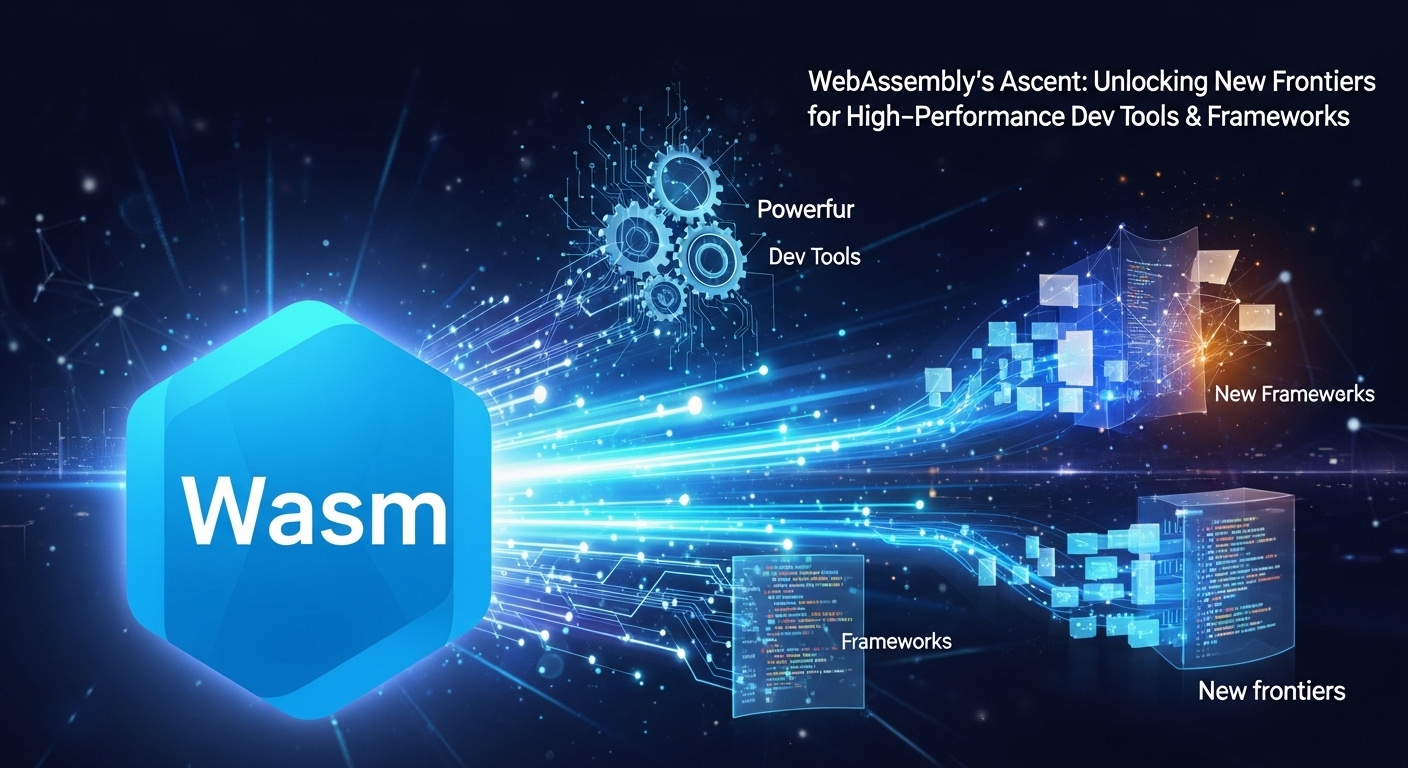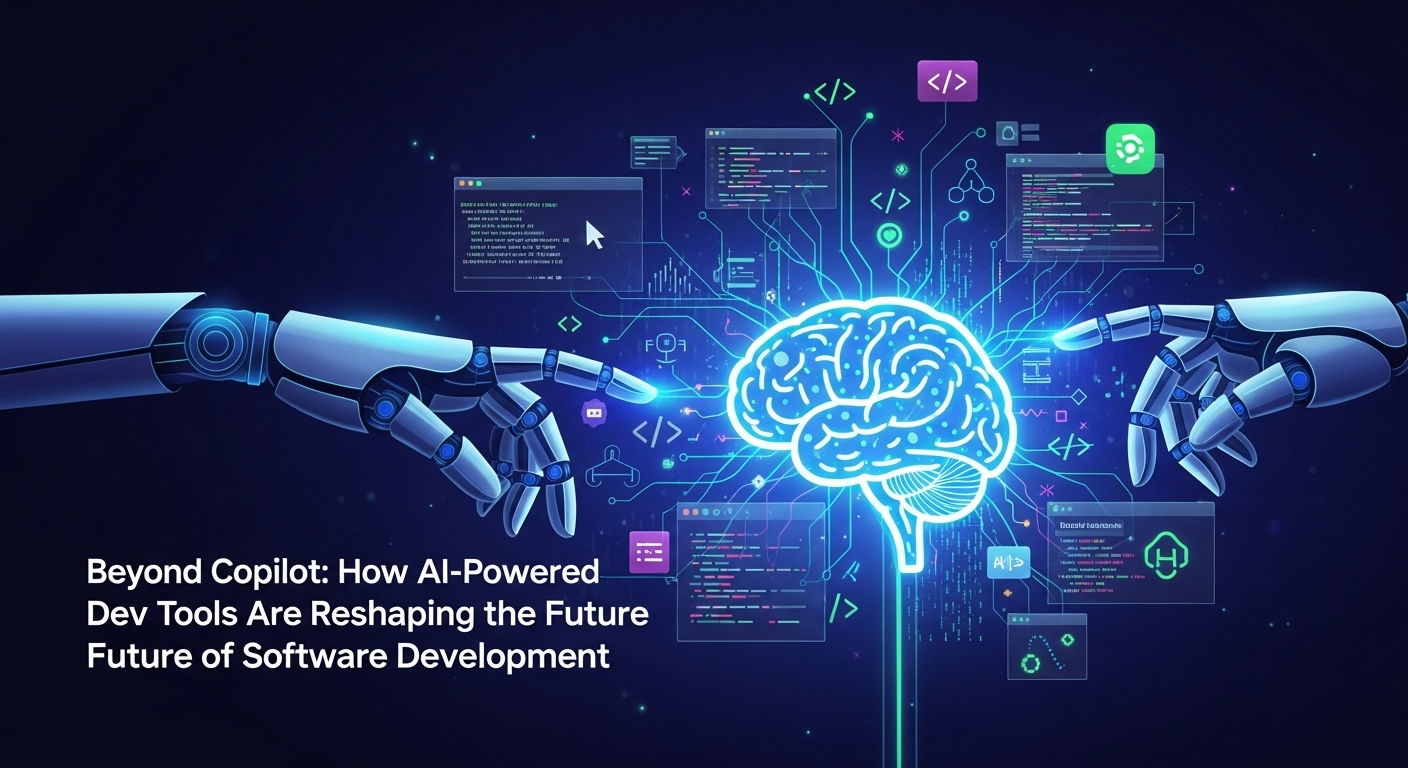The Rise of Platform Engineering and the Quest for Superior Developer Experience
In the fast-paced world of software development, the pressure to ship features faster, more reliably, and at scale has never been greater. This relentless demand has given rise to a transformative discipline: Platform Engineering. But what is it, really? At its core, platform engineering is about building and maintaining an internal developer platform (IDP) that provides developers with self-service capabilities to get their code from commit to production seamlessly. The ultimate goal? To master the Developer Experience (DX).
Think of it this way: developers are your internal customers. If their experience is riddled with friction—complex configurations, slow pipelines, inconsistent environments—their productivity plummets, and innovation grinds to a halt. A superior DX, powered by the right selection of dev tools & frameworks, abstracts away the underlying complexity of cloud-native infrastructure, allowing developers to focus on what they do best: writing code and delivering business value. This article will explore the essential tools and frameworks that form the backbone of modern platform engineering and guide you on the path to mastering developer experience.
Why DX is the Undisputed Cornerstone of Platform Engineering
Before we dive into the specific tools, it’s crucial to understand why Developer Experience isn’t just a ‘nice-to-have’ but a fundamental business imperative. A well-crafted platform built with DX in mind delivers tangible benefits across the organization.
Boosting Developer Productivity and Velocity
The primary goal of any internal platform is to reduce cognitive load. When developers don’t have to worry about Kubernetes YAML files, cloud provider intricacies, or CI/CD pipeline scripts, they can move faster. A streamlined workflow, or ‘golden path’, provided by the platform means developers can onboard new services, provision infrastructure, and deploy applications with just a few clicks or commands. This acceleration directly translates to a faster time-to-market for new features.
Enhancing Code Quality and Reliability
A standardized platform enforces best practices by default. By embedding security scanning, automated testing, and observability patterns into the core workflows, platform teams ensure that every service deployed meets a high standard of quality and reliability. This reduces the likelihood of production incidents and makes the entire system more resilient. Developers are guided along a paved road that is secure, compliant, and robust.
Improving Developer Onboarding and Retention
Imagine joining a new company and being able to deploy a ‘hello world’ application to a production-like environment on your very first day. That’s the power of a great DX. It dramatically shortens the onboarding process, making new hires productive almost immediately. Furthermore, a frustration-free development environment is a key factor in job satisfaction. Happy, empowered developers are more likely to stay with a company long-term, reducing churn and retaining valuable institutional knowledge.
The Anatomy of a High-Performing Developer Platform
A modern developer platform isn’t a single tool but an integrated ecosystem of dev tools & frameworks working in harmony. Let’s break down the essential layers that constitute a robust platform.
Infrastructure as Code (IaC) & Provisioning
The foundation of any scalable platform is the ability to define and manage infrastructure through code. IaC ensures that environments are reproducible, consistent, and version-controlled.
- Terraform: The industry standard for declarative infrastructure provisioning across multiple cloud providers. Its state management and modular design make it ideal for building reusable infrastructure components.
- Pulumi: An alternative that allows you to define infrastructure using general-purpose programming languages like TypeScript, Python, or Go. This appeals to developers who prefer to stay within a familiar linguistic ecosystem.
CI/CD and Automation Pipelines
The engine of the developer platform is its automation pipeline. Continuous Integration (CI) and Continuous Deployment (CD) automate the process of building, testing, and deploying code, ensuring a rapid and reliable release cadence.
- GitHub Actions: Tightly integrated with GitHub, it offers a powerful, event-driven workflow automation system directly within your source code repository.
- GitLab CI/CD: Known for its comprehensive, all-in-one DevOps platform capabilities, providing a seamless experience from planning to monitoring.
- Jenkins: The venerable, highly extensible open-source automation server. While it can require more setup, its vast plugin ecosystem makes it adaptable to nearly any workflow.
Containerization & Orchestration
Containers have revolutionized how we package and run applications. They provide consistency across development, testing, and production environments.
- Docker: The de facto standard for creating and running containers. It simplifies the process of packaging an application with all its dependencies.
- Kubernetes (K8s): The undisputed leader in container orchestration. It automates the deployment, scaling, and management of containerized applications, forming the operational core of most modern platforms.
Observability & Monitoring
You can’t manage what you can’t see. Observability is critical for understanding system behavior, debugging issues, and ensuring performance. A good platform makes observability a built-in feature, not an afterthought.
- Prometheus & Grafana: This powerful duo provides a flexible time-series database for metrics (Prometheus) and a versatile visualization layer (Grafana) for creating insightful dashboards.
- OpenTelemetry: An emerging CNCF standard for instrumenting applications to generate traces, metrics, and logs. Adopting OpenTelemetry future-proofs your observability stack.
- Jaeger/Zipkin: Open-source tools for distributed tracing, which are essential for debugging complex interactions in a microservices architecture.
Elevating Your Platform with Advanced Dev Tools & Frameworks
With the foundational layers in place, you can introduce more advanced tools to create a truly world-class developer experience.
Internal Developer Portals (IDPs): The Golden Path Interface
An IDP acts as the single pane of glass for your entire platform. It’s a web-based UI where developers can discover services, view documentation, scaffold new projects from templates, and manage their applications without ever needing to touch complex configuration files.
- Backstage: An open-source platform for building developer portals, originally created at Spotify and now a CNCF project. It’s highly customizable with a rich plugin architecture.
- Port: A commercial alternative that focuses on creating a comprehensive software catalog and providing a no-code/low-code experience for building developer self-service actions.
Streamlining Local and Remote Development
The gap between local development and production is a common source of friction. Modern tools aim to close this gap, ensuring that ‘it works on my machine’ translates to ‘it works in production’.
- Devcontainers: A specification for defining full-featured development environments using containers. Supported by tools like VS Code Remote – Containers and GitHub Codespaces, it ensures every developer has a consistent and reproducible setup.
- Gitpod: A cloud-based platform that provides ephemeral, automated developer environments in the cloud, spun up from your Git repository in seconds.
Secrets Management as a Service
Handling secrets (API keys, database passwords) securely is non-negotiable. A platform should provide a centralized, secure way to manage and inject secrets into applications.
- HashiCorp Vault: A comprehensive solution for secrets management, encryption as a service, and privileged access management.
- Cloud-Native Solutions: Services like AWS Secrets Manager, Azure Key Vault, and Google Secret Manager offer tight integration with their respective cloud ecosystems.
Conclusion: Build Your Platform, Empower Your People
Mastering developer experience is not a one-time project; it’s a continuous journey of improvement. The rise of platform engineering represents a fundamental shift towards treating infrastructure and tooling as a product, with developers as the primary customers. By carefully selecting and integrating the right dev tools & frameworks—from Terraform for infrastructure and Kubernetes for orchestration to Backstage for a unified portal—you can build a powerful internal platform that removes friction and unleashes developer creativity.
Your next step? Don’t try to boil the ocean. Start by identifying the single biggest pain point in your current development lifecycle. Is it environment setup? Is it the deployment process? Find that friction, talk to your developers, and choose a tool that can provide immediate relief. By taking an iterative, DX-focused approach, you will build not just a platform, but a culture of empowerment and innovation that will propel your organization forward.


